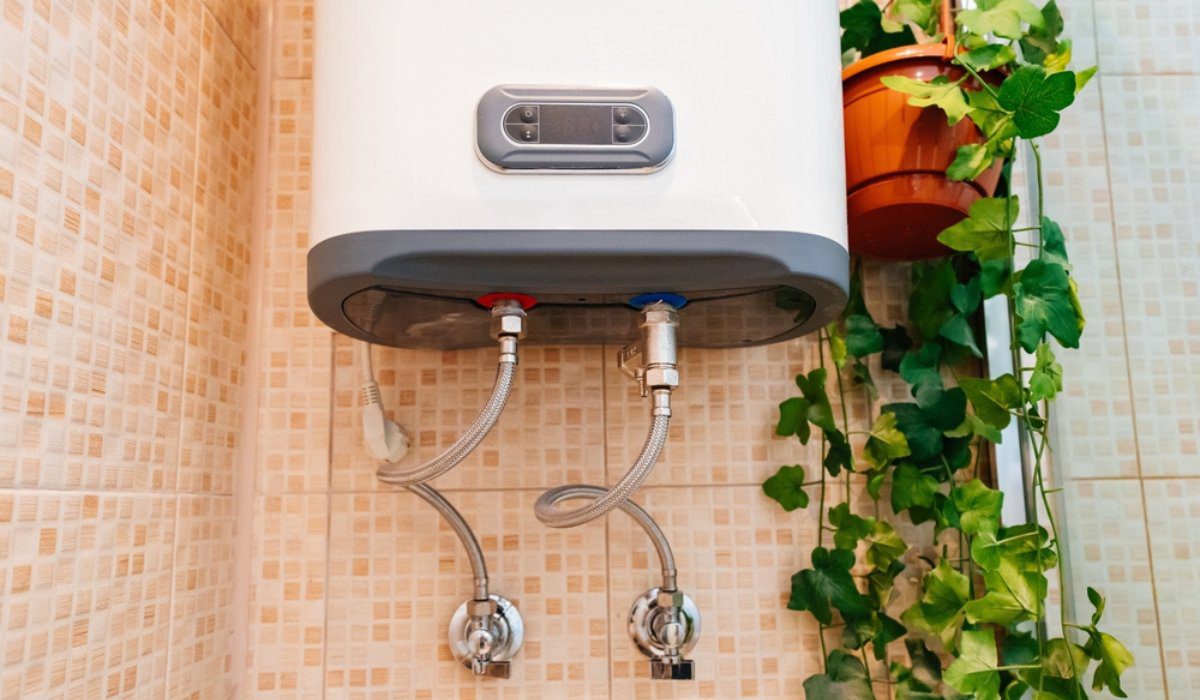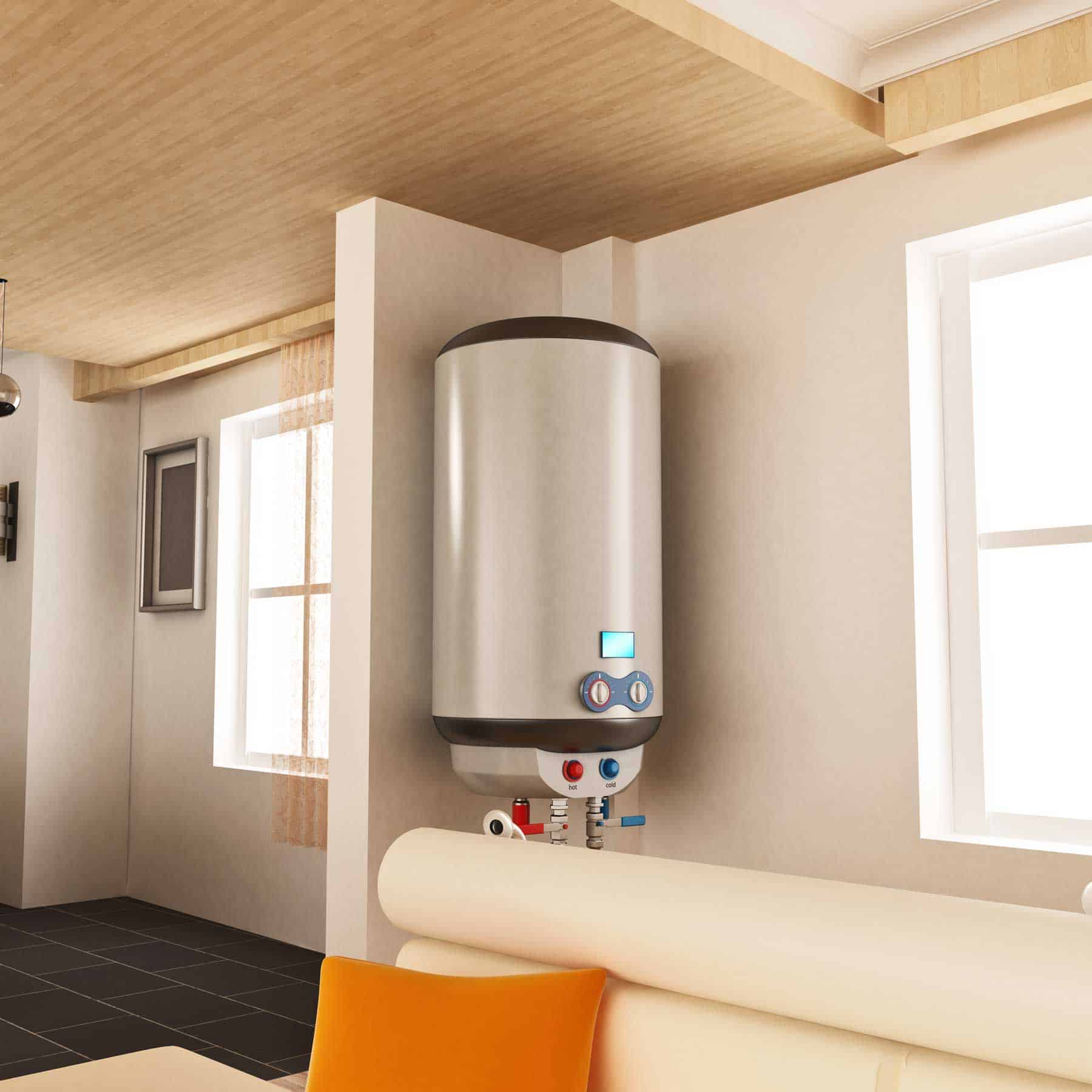The article in the next paragraphs about What Kind of Maintenance Do Water Heaters Need? is totally captivating. You should see for yourself.

Hot water is important for daily comfort, whether it's for a rejuvenating shower or cleaning recipes. To ensure your hot water system runs efficiently and lasts longer, routine upkeep is vital. This write-up provides practical suggestions and insights on exactly how to preserve your home's warm water system to stay clear of disturbances and pricey fixings.
Introduction
Maintaining your home's hot water system might seem challenging, but with a few simple steps, you can ensure it runs efficiently for years to come. This guide covers whatever from recognizing your warm water system to do it yourself maintenance tips and understanding when to contact specialist aid.
Importance of Maintaining Your Hot Water System
Routine maintenance not just expands the life-span of your warm water system but additionally ensures it operates effectively. Disregarding maintenance can lead to decreased effectiveness, higher power expenses, and also early failing of the system.
Indicators Your Warm Water System Needs Upkeep
Recognizing when your warm water system requires interest can avoid major issues. Keep an eye out for indicators such as irregular water temperature level, strange sounds from the heating system, or corroded water.
Purging the Hot Water Heater
Purging your hot water heater eliminates sediment accumulation, boosting performance and prolonging its life.
Checking and Replacing Anode Rods
Anode rods avoid rust inside the storage tank. Evaluating and changing them when broken is essential.
Complicated Problems Calling For Expert Aid
Examples include significant leaks, electric troubles, or if your water heater is constantly underperforming.
Routine Expert Upkeep Benefits
Professional maintenance can consist of thorough assessments, tune-ups, and making sure conformity with safety requirements.
Checking and Readjusting Temperature Settings
Changing the temperature level settings makes sure optimum performance and safety and security.
DIY Tips for Upkeep
You can perform a number of upkeep jobs yourself to keep your hot water system in leading problem.
Looking for Leaks
Frequently check pipelines and links for leakages, as these can lead to water damage and higher bills.
Comprehending Your Warm Water System
Prior to diving right into upkeep tasks, it's useful to understand the basic elements of your warm water system. Normally, this consists of the hot water heater itself, pipelines, anode rods, and temperature controls.
Monthly Maintenance Tasks
Routine regular monthly checks can assist capture small problems prior to they rise.
Examining Stress Alleviation Valves
Checking the stress safety valve guarantees it operates appropriately and protects against too much pressure accumulation.
Shielding Pipelines
Insulating hot water pipes decreases warm loss and can conserve power.
When to Call a Professional
While do it yourself upkeep is advantageous, some problems need expert experience.
Conclusion
Regular maintenance of your home's hot water system is vital for effectiveness, durability, and expense financial savings. By adhering to these pointers and recognizing when to look for specialist aid, you can make sure a trustworthy supply of hot water without unexpected disruptions.
Water Heater Maintenance: The Basics
Maintaining your water heater will ensure it operates efficiently and has a longer lifespan. Neglecting regular maintenance can lead to costly repairs and an even bigger chunk of your savings if you have to replace it sooner than necessary. But there’s good news: Most water heater maintenance tasks are relatively simple and easy for homeowners with basic DIY skills.
Flush the Water Heater
Over time, sediment and minerals can build up in the tank, reducing its efficiency and potentially causing damage. To flush the tank, turn off the power or gas supply, attach a hose to the drain valve near the bottom and open the valve to drain the water until it runs clear. Ideally, flush the tank annually.
Replace the Anode Rod
The anode rod is a sacrificial metal rod that helps prevent corrosion inside the tank. Inspect and replace it every three to five years or per the manufacturer's recommendation. To replace the anode rod, turn off the power or gas supply, drain a few gallons of water from the tank, unscrew the old rod and replace it with a new one. If the anode rod is significantly corroded or covered in calcium buildup, it's a sign the water heater may need to be replaced soon.
Tune-Up
A yearly tune-up can help identify potential issues and ensure your water heater operates at peak efficiency. This typically involves checking the thermostat, burner assembly (for gas heaters) and any other components specified by the manufacturer. During a tune-up, the technician may also clean the burner and adjust the pilot light (for gas heaters) or examine the heating elements (for electric heaters).
How to Maintain Your Water Heater
Insulate the tank. Insulating the tank can improve energy efficiency and reduce heat loss, saving you money on energy bills. You can purchase precut insulation blankets designed specifically for water heaters or use standard fiberglass insulation wrapped securely around the tank. Check the temperature. The recommended water temperature for most households is around 120 degrees Fahrenheit (49 degrees Celsius). Higher temperatures can increase energy costs and potentially cause scalding. Use a kitchen thermometer to check the temperature at the faucet nearest the water heater. Monitor water pressure. Excessive water pressure can strain the water heater and cause leaks or even tank failure. Install a pressure-reducing valve if necessary. The ideal water pressure range is between 60 and 70 PSI (pounds per square inch). Test the temperature and pressure (T&P) relief valve. The T&P relief valve is a safety feature that releases pressure if the tank gets too hot or the pressure builds up too high. Test it annually by lifting the lever and allowing a small amount of water to release. Replace the valve if it doesn't release water or reseal properly. Check for leaks. Regularly inspect the tank, pipes and fittings for leaks or corrosion. Deal with issues promptly to prevent further damage. Even a small leak can lead to significant water damage over time. Consider a tankless water heater. If your traditional tank-style water heater is nearing the end of its lifespan ( typically 10 years), consider replacing it with a tankless water heater. These units heat water on demand, reducing standby energy losses and potentially saving you money on your energy bills. Schedule professional maintenance. While homeowners can perform many water heater maintenance tasks, it's still a good idea to schedule professional maintenance every few years. A plumber or HVAC technician can thoroughly inspect the unit, identify potential issues and ensure it operates safely and efficiently. https://www.homeserve.com/en-us/blog/home-improvement/hot-water-heater-maintanence/

As a reader on How to Maintain Your Water Heater & Prolong its Life, I imagined sharing that editorial was essential. For those who liked our article plz consider to pass it around. Thanks a bunch for your time. Come back soon.
Free Estimate